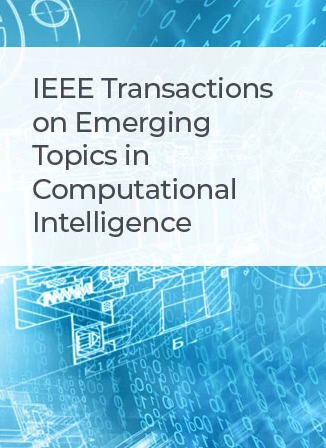Explainable Artificial Intelligence Approach for Demand-Side Management in a 1-Phase Multi-Type Consumer Base: Enhancing Efficiency and Transparency
IF 5.3
3区 计算机科学
Q1 COMPUTER SCIENCE, ARTIFICIAL INTELLIGENCE
IEEE Transactions on Emerging Topics in Computational Intelligence
Pub Date : 2024-12-02
DOI:10.1109/TETCI.2024.3499326
引用次数: 0
Abstract
Technological advancements have enabled electricity utilities to experiment with various artificially intelligent approaches to minimize the challenges posed by end-user demand volatility. Although the introduction of such techniques has made operating the system easier, it has also made the internal process difficult to interpret. It makes difficult for the operator to solve any issues raised due to any fault in the model design. Designing demand response strategies that are simple to comprehend is crucial for this reason. Hence, the consumer demand response model will exhibit the much-needed system behavior of transparency, trust, and objectivity. The fundamental goal of this research is to introduce an explainable artificially intelligent (XAI) demand response (DR) model based on machine learning (ML) that assures supply-demand equilibrium across the power system network. The proposed methodology combines an integrated load forecasting approach with a DR model based on Jaya optimization. Subsequently, the effectiveness of the DR program is illustrated in relation to the accuracy of the load forecasting model. The operation of this integrated ML-based technique was shown using an XAI-based model architecture. The proposed technique was modelled and tested in the MATLAB interface utilizing a database of 24 end-user energy usage.一阶段多类型消费者群中需求侧管理的可解释人工智能方法:提高效率和透明度
技术进步使电力公司能够尝试各种人工智能方法,以最大限度地减少终端用户需求波动带来的挑战。虽然这些技术的引入使操作系统变得更容易,但它也使内部过程难以解释。这使得操作员很难解决由于模型设计中的任何错误而产生的任何问题。因此,设计易于理解的需求响应策略至关重要。因此,消费者需求响应模型将表现出急需的透明、信任和客观的系统行为。本研究的基本目标是引入一种基于机器学习(ML)的可解释的人工智能(XAI)需求响应(DR)模型,以确保整个电力系统网络的供需平衡。该方法将综合负荷预测方法与基于Jaya优化的DR模型相结合。最后,从负荷预测模型的准确性方面说明了DR程序的有效性。使用基于xai的模型体系结构展示了这种集成的基于ml的技术的操作。利用24个终端用户能源使用数据库,在MATLAB界面中对所提出的技术进行了建模和测试。
本文章由计算机程序翻译,如有差异,请以英文原文为准。
求助全文
约1分钟内获得全文
求助全文
来源期刊

IEEE Transactions on Emerging Topics in Computational Intelligence
Mathematics-Control and Optimization
CiteScore
10.30
自引率
7.50%
发文量
147
期刊介绍:
The IEEE Transactions on Emerging Topics in Computational Intelligence (TETCI) publishes original articles on emerging aspects of computational intelligence, including theory, applications, and surveys.
TETCI is an electronics only publication. TETCI publishes six issues per year.
Authors are encouraged to submit manuscripts in any emerging topic in computational intelligence, especially nature-inspired computing topics not covered by other IEEE Computational Intelligence Society journals. A few such illustrative examples are glial cell networks, computational neuroscience, Brain Computer Interface, ambient intelligence, non-fuzzy computing with words, artificial life, cultural learning, artificial endocrine networks, social reasoning, artificial hormone networks, computational intelligence for the IoT and Smart-X technologies.
 求助内容:
求助内容: 应助结果提醒方式:
应助结果提醒方式:


